2016 Bike Count Analysis
Posted on May 12, 2017 in Uncategorized | 0 comments
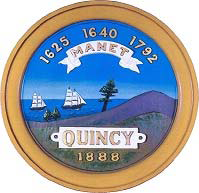
In September of 2016 Quincycles assisted the Mayor’s Bicycle Commission with the 5th annual Bike Count. The Commission worked hard to develop a more efficient counting methodology this year, and with the dedication of volunteers from Quincycles we were able to count at 12 locations throughout the City — up from six last year.
Eric Mason, economist and statistician from the Mayor’s office, was a huge help as we determined what data we wanted to collect. He provided us with the following analysis of the data collected.
The map below depicts the percentage of bikes counted by location. Mr. Mason was able to construct a representation of bike traffic flow through Quincy. Perhaps not surprisingly, bike traffic primarily flows north toward Boston with the highest concentrations around the Wollaston and North Quincy MBTA stations. Mr. Mason informed us that the pattern also indicates a mix of local bike traffic along with the commuting flow.
Total Counts by Location and Time
Here is the breakdown of percentage of the count by location. Notably, four of the 5 highest count locations are on the Spine route along Hancock and Washington Streets. This route is designated for bike improvements in the MAPC Bicycle and Pedestrian Network Plan.
We counted whether cyclists were riding on the road or on sidewalks. Knowing where we can make the cycling experience safer in order to ensure the comfort of pedestrians as well as cyclists is an important goal of this process. The Neponset Bridge had the highest concentration of sidewalk riders since that sidewalk is designed specifically as a shared use path for pedestrians and cyclists. The second highest concentration of sidewalk riders occurred at Squantum and Hancock Street — one of Quincy’s most recently reconstructed intersections and, significantly, one that lacks any bicycle accommodations.
The last chart prepared by Mr. Mason indicates that Quincy cyclists are not merely riding for recreation — the majority of cyclists at all but one location were counted during the weekday commuting hours.



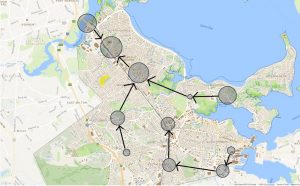
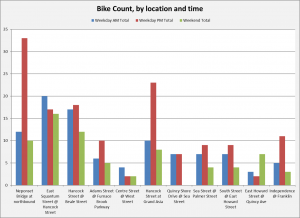

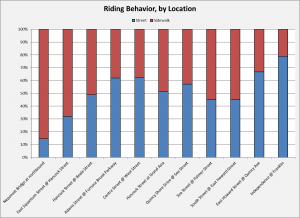
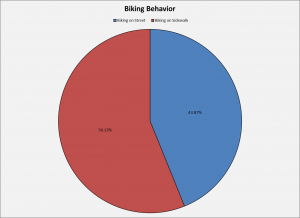
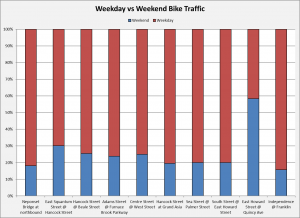
Recent Comments